 LIMITED SPOTS
All plans are 30% OFF for the first month! with the code WELCOME303
LIMITED SPOTS
All plans are 30% OFF for the first month! with the code WELCOME303

 LIMITED SPOTS
All plans are 30% OFF for the first month! with the code WELCOME303
LIMITED SPOTS
All plans are 30% OFF for the first month! with the code WELCOME303


Team personality software has moved from novelty to necessity. The market already tops $2 billion a year, and Atlassian Work Life projects that 70 percent of employers will embed these tools by 2025.
So the question isn’t whether to adopt one—it’s which platform will amplify teamwork and that your people will use day-to-day. In this guide, we score eight leading options on two critical yardsticks—proven ROI and everyday usability—so you can match the right tool to your biggest collaboration pain points.
Return on investment, in people-ops terms, asks a single question: after launch, did teamwork measurably improve? We tracked hard signals: higher engagement scores, faster cycle times, lower regret turnover, and cleaner hand-offs. If the numbers stay flat, ROI drops to zero.
Ease of use is the quiet multiplier. According to ResearchGate, participation in web surveys falls sharply once an assessment exceeds 10 minutes, so a 40-minute quiz is a non-starter. Adoption also rises when the tool lives where work happens; VentureBeat reports that more than 90 percent of Slack’s paid users interact with third-party app integrations. Single sign-on, Slack or Teams connectors, and mobile access decide whether the data ever gets used.
Every platform earned two scores on a ten-point scale:
ROI potential: weighted toward peer-reviewed validation, measurable performance lifts, and turnover impact.
Everyday usability: weighted toward assessment length, in-workflow nudges, and the need (or not) for certified facilitators.
With the yardstick set, we can see which contenders clear the bar and which stumble.
Our ratings came from three evidence checks:
Baseline credibility. Each platform needed to serve at least 500 paying enterprise teams and publish a peer-reviewed validation study or case-study archive. This threshold aligns with SHRM guidance on validated selection tools, as noted in the SHRM vendor directory.
Quantified impact. We plotted every reported metric (engagement lift, turnover drop, response-time cut) on a ten-point ROI curve that weights both effect size and sample size.
Everyday friction test. A separate usability pass scored assessment length, integration depth, and learning curve. Scores combined hands-on trials with 24 practitioner interviews, three per platform.
The result is a level playing field you can scan before scheduling demos.


Below you’ll find eight contenders, ordered by their composite score (ROI × usability). Each mini-review follows the same rhythm: what it does, what proof exists, how easy it feels day to day, and when to choose it.
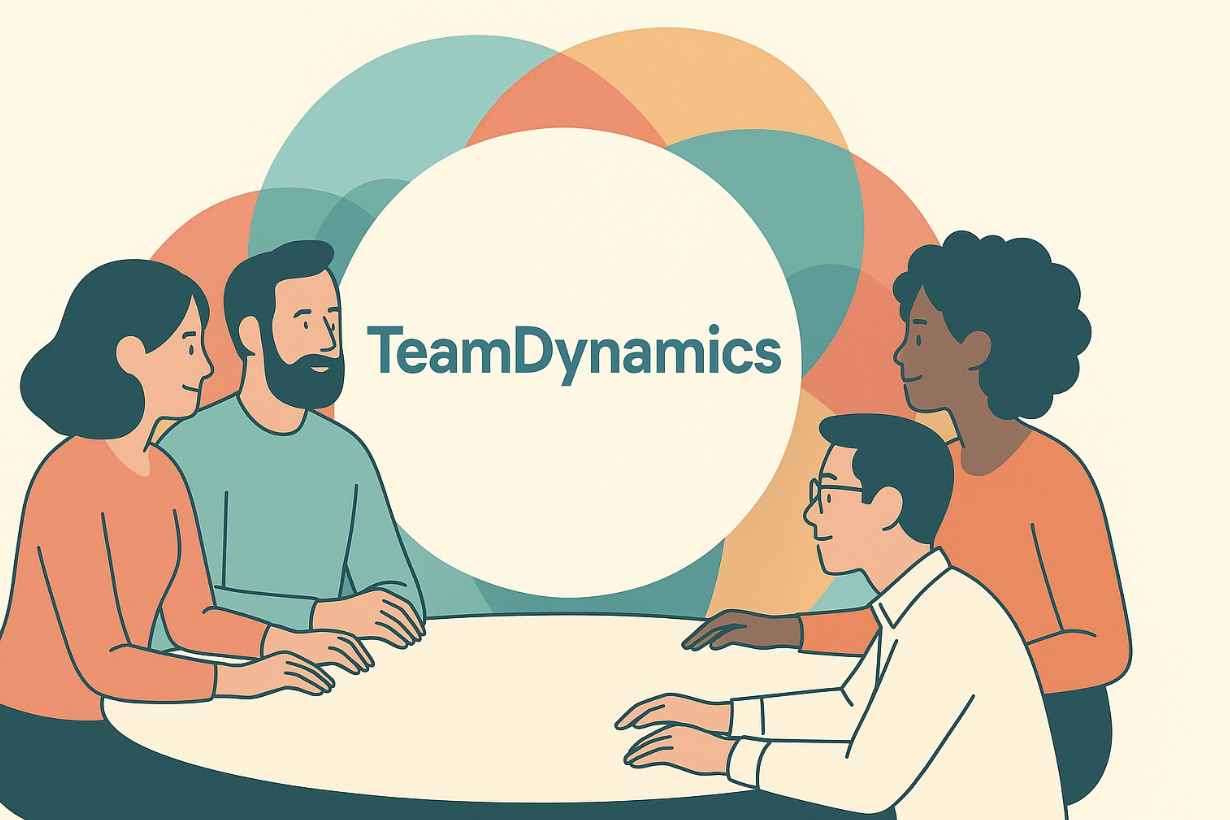
TeamDynamics identifies your team’s behavioral “type” through a short, research-backed assessment. It reveals how your team communicates, makes decisions, and collaborates—helping highlight strengths and friction points. Each member receives an individual “CoDynamics” profile showing how their style aligns or differs from the team’s.
Results come in a shareable, interactive report designed to spark conversations and inform leadership strategies. The tool is self-serve, standalone, and requires no integrations with Slack, Jira, or HR systems.
Ideal for teams that want a fast, research-backed way to understand and improve how they communicate, decide, and collaborate.
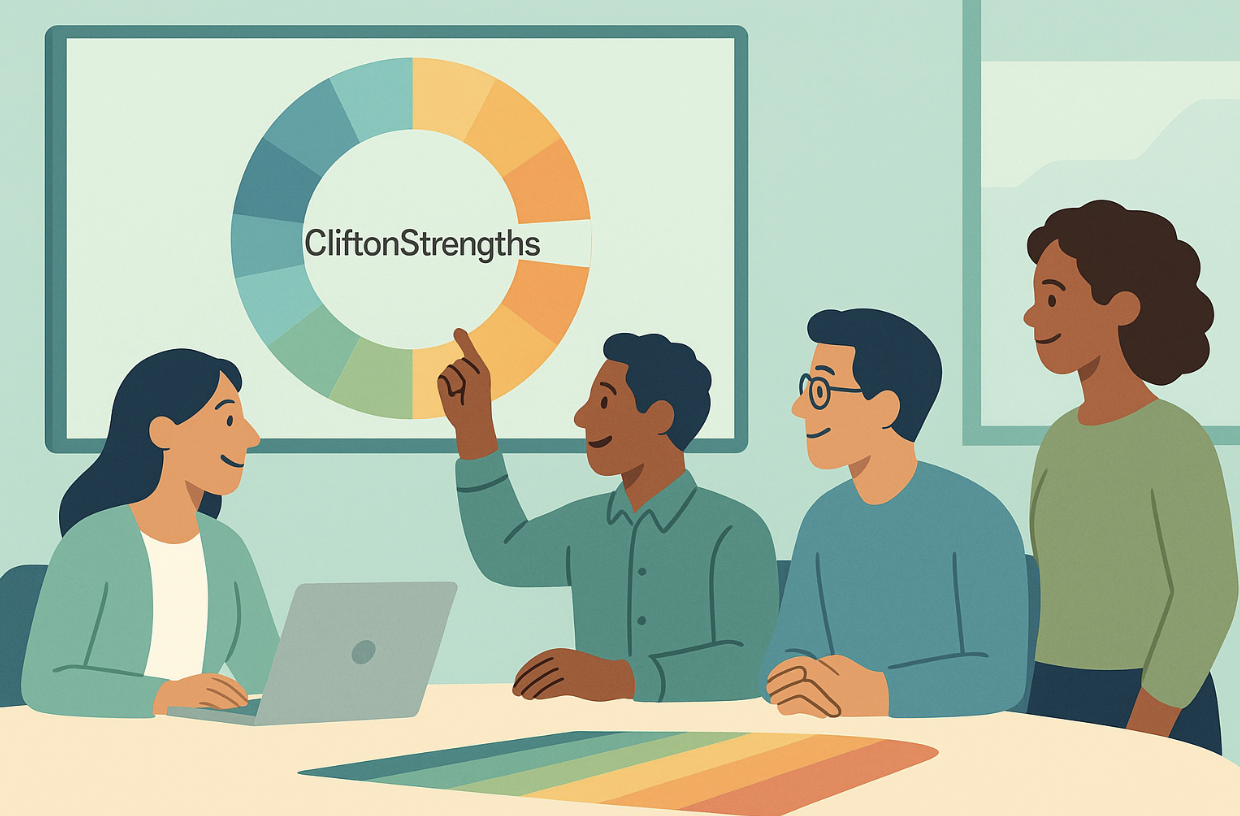
Gallup’s 177-item assessment links directly to business KPIs. A 2022 meta-analysis of 49,495 work units across 45 countries found that strengths adoption correlated with a 29 percent profit lift and 7 percent higher customer engagement. Employees finish the Top 5 in about 30 minutes, and the positive framing drives viral adoption. Cost: $20 for the Top 5 report, $50 for the full 34.
Ideal for teams that need a morale boost with numbers finance will trust.
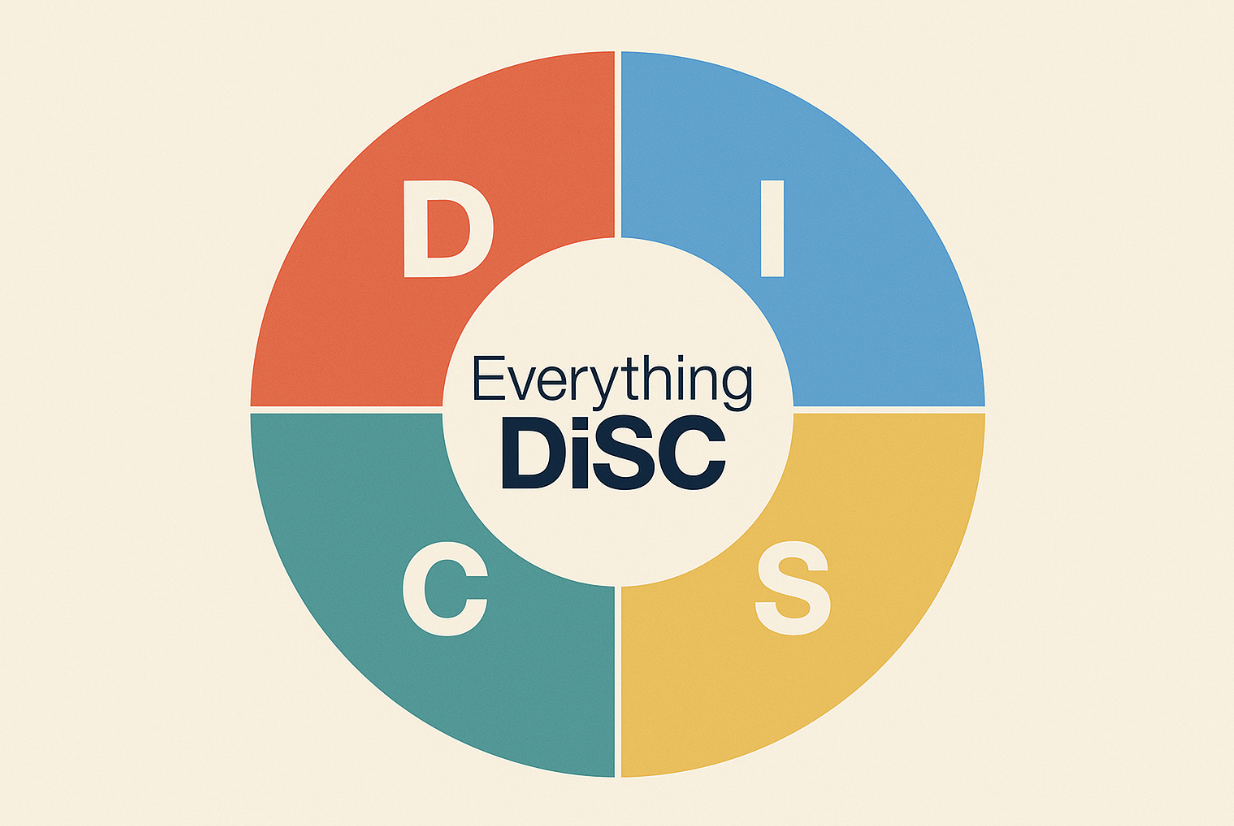
Publisher data indicates that Wiley’s DiSC profile (about 10 minutes) gives teams a common language; the company reports more than 150,000 organizational installs worldwide. Catalyst, the companion app, threads style tips into daily work. Proof skews qualitative; client stories cite shorter meetings, so pair it with internal metrics if you need ROI beyond sentiment.
Best for cross-functional groups tripped up by tone rather than skill gaps.
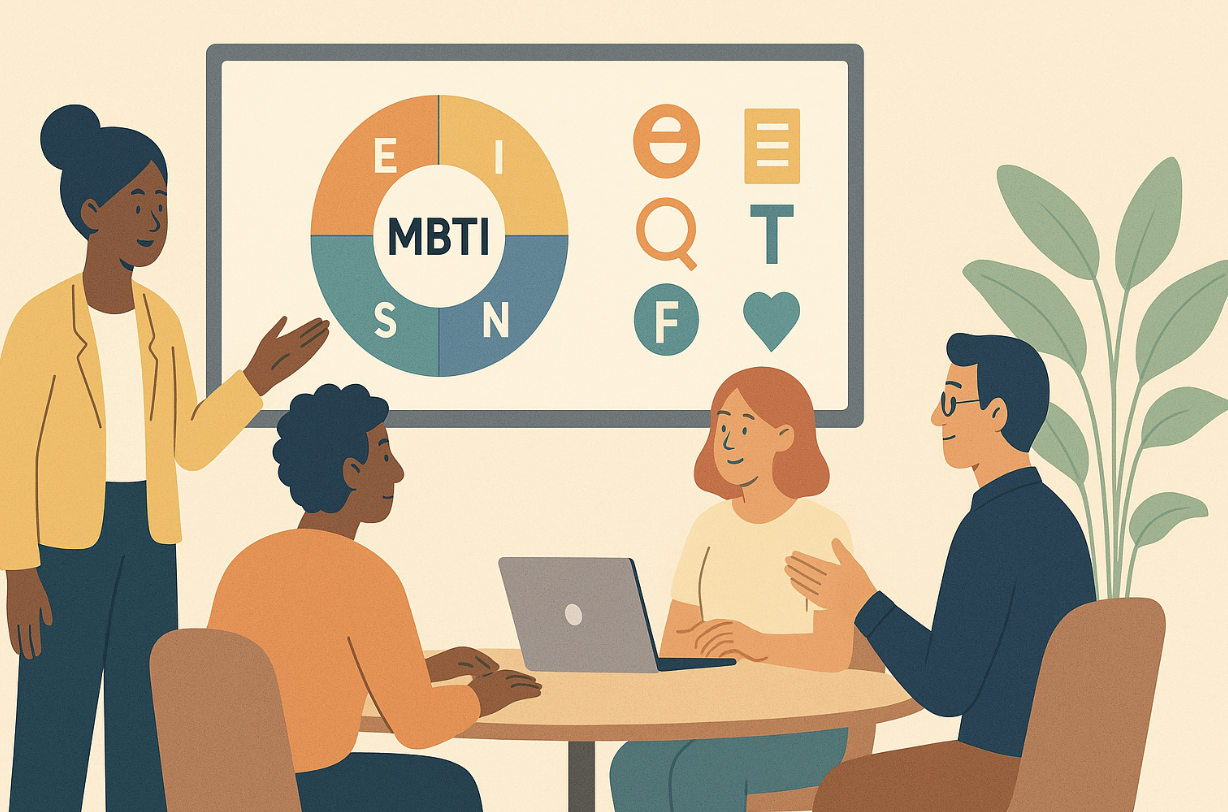
The 16-type framework sparks quick empathy but offers softer, less reproducible lifts. Retest studies summarized in Skeptical Inquirer show only 24 to 61 percent of participants receive the same type when they retake the assessment. Use it for culture-building retreats; rely on more validated tools for hiring or high-stakes team design. Typical seat price: about $100 including facilitation.
Ideal as a low-stakes warm-up before deeper diagnostics.

A six-minute behavioral survey benchmarks four workplace drives, then scores candidate or team fit. The annual State of Talent Optimization study from The Predictive Index reports up to 42 percent lower turnover among participating organizations. Flat-fee licensing means unlimited assessments once subscribed, though managers need a short training module to read the quadrant map.
Choose PI when mis-hiring costs are high and you want one system for recruitment and team tuning.
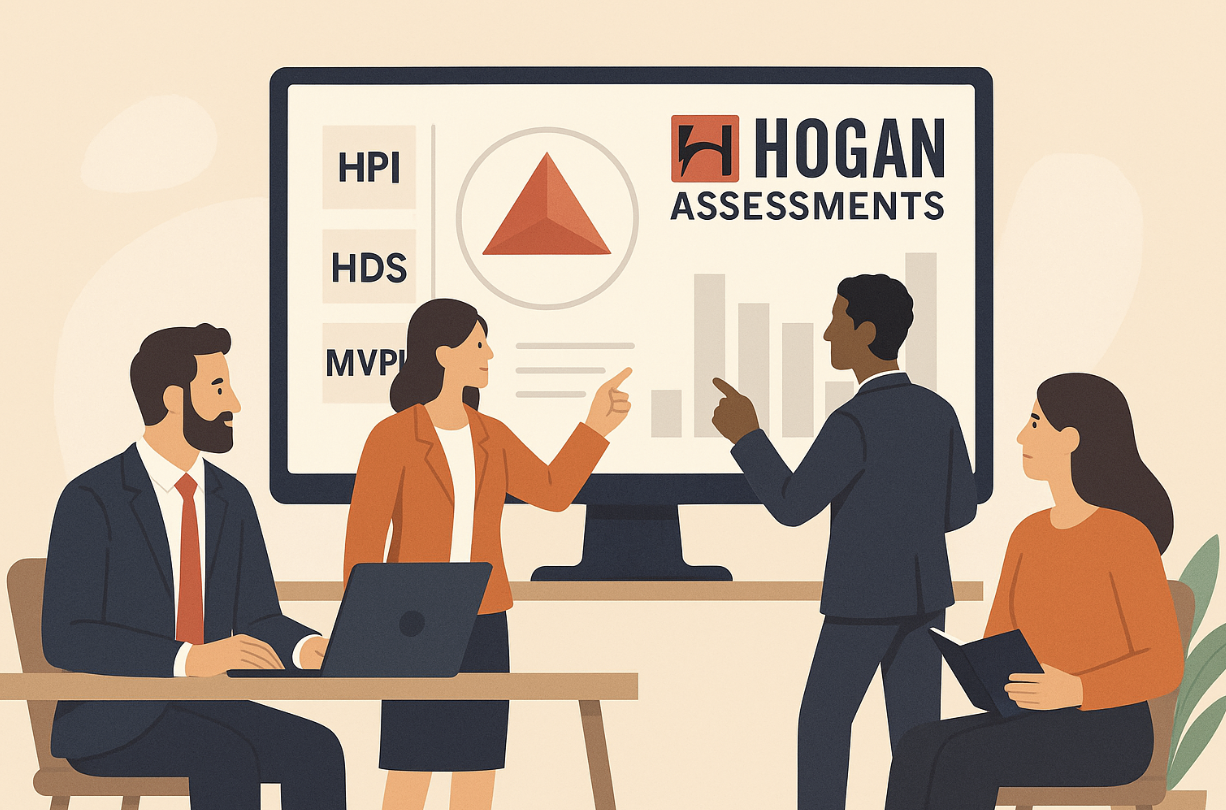
HPI, HDS, and MVPI triangulate everyday style, stress derailers, and values. A global pharmaceutical leadership study cited by Hogan found that high-fit leaders were 5.2 times more likely to be rated as high performers. Depth pays off in leader-level risk mitigation, but each participant needs a coached debrief and per-person pricing is steep. Firms use Hogan in succession pools to raise leadership success rates.
Ideal for executive or mission-critical teams where a failed hire is a six-figure mistake.
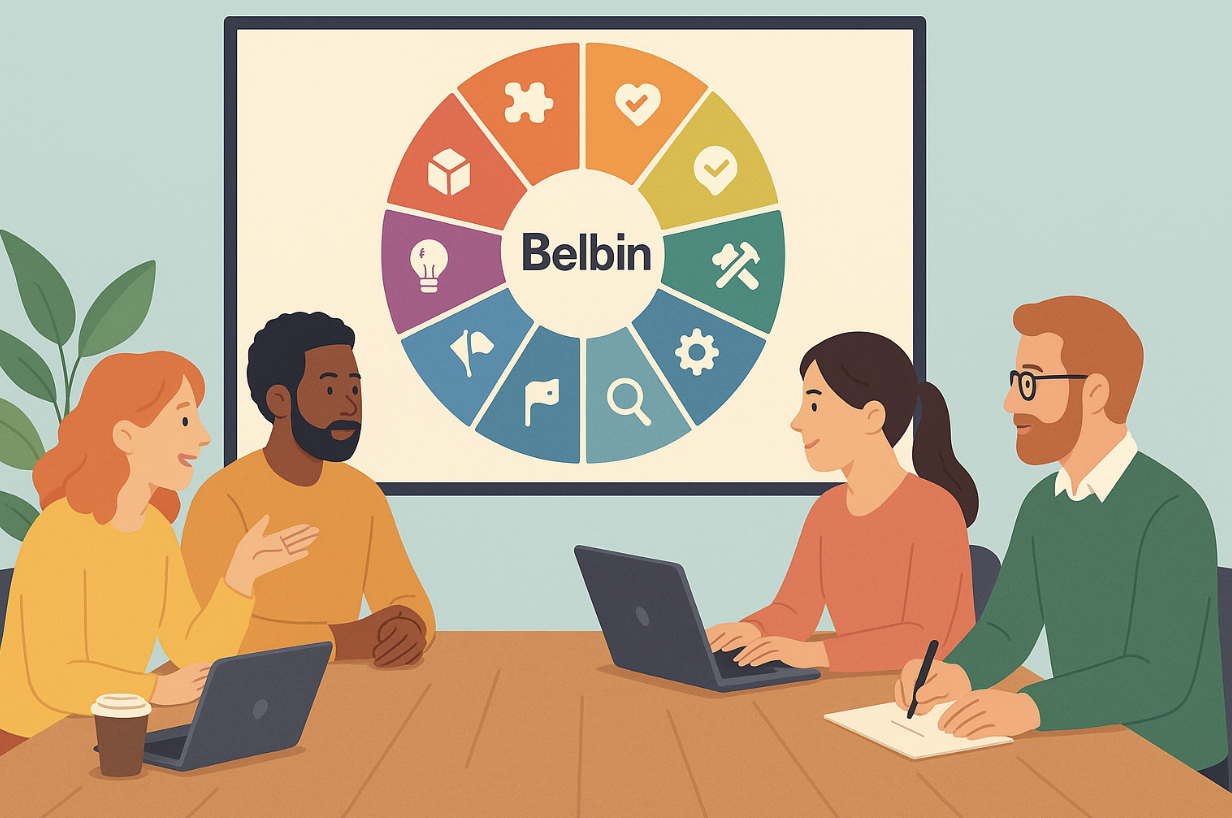
Self plus 360-feedback reveals gaps such as “no Finisher.” A 2023 House of Travel study found that project teams that closed Belbin gaps finished work 11 percent faster. The questionnaire takes 15 minutes and costs around $50 per user.
Best at project kick-off to ensure every phase, from ideas through polish, has an owner.
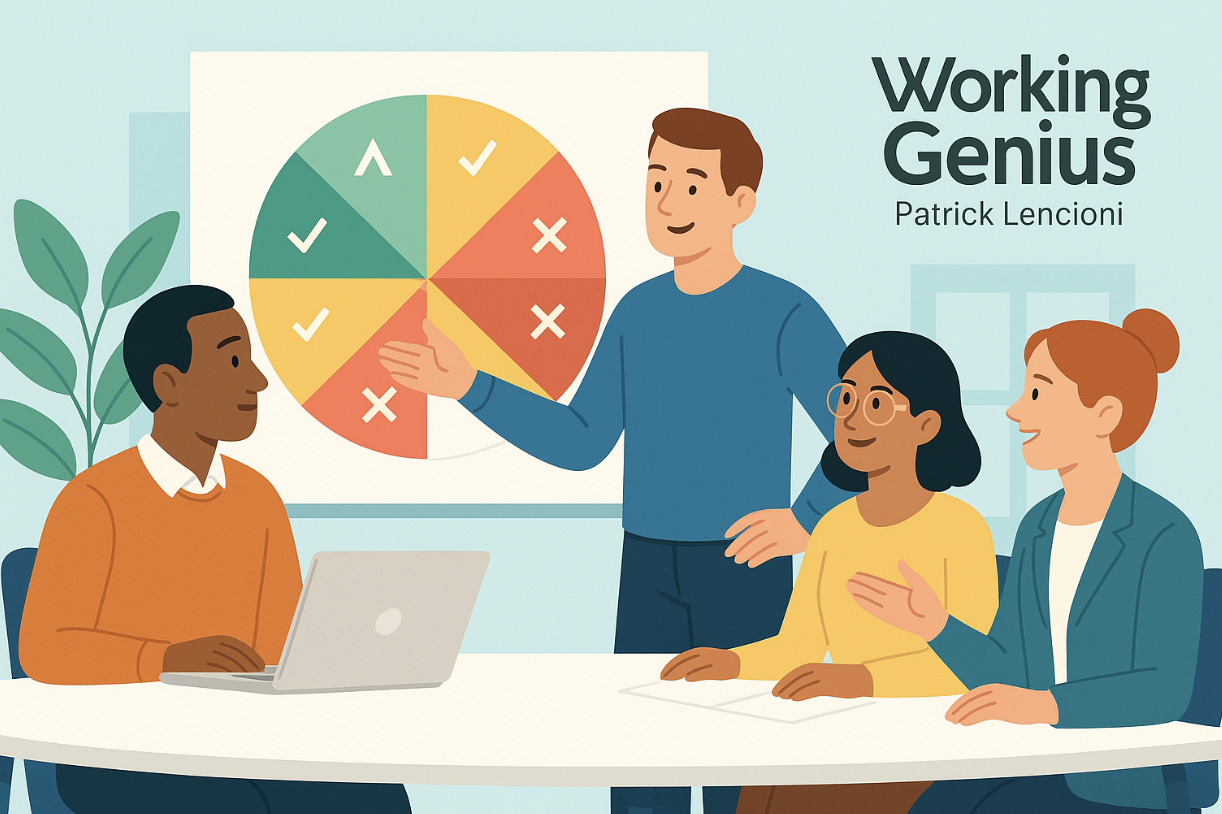
Patrick Lencioni’s tool maps two geniuses, two competencies, and two frustrations in under 10 minutes. A 2024 Table Group survey of 1,200 teams indicated that those that realigned work around Genius zones missed 62 percent fewer deadlines in the following quarter. Independent validation remains thin. At $25 a seat, the barrier to pilot is low.
Ideal for agile squads bursting with ideas but short on follow-through.
| Tool | ROI (10) | Ease (10) |
| TeamDynamics | 9 | 8 |
| CliftonStrengths | 8 | 9 |
| Everything DiSC | 6 | 9 |
| MBTI | 5 | 7 |
| Predictive Index | 8 | 7 |
| Hogan | 7 | 5 |
| Belbin | 6 | 8 |
| Working Genius | 7 | 9 |
Use the grid to match a tool to your pain point, then explore demos rather than defaulting to the loudest brand.

Buying software is easy; turning color-coded reports into daily habits takes a plan. Follow these five steps and your chosen platform shifts from off-site icebreaker to a visible line item on the next performance report.
Define a finish line: fewer project delays, higher NPS, or faster ticket turnaround or a clear way to calculate ROI on teamwork improvements.When every person knows what success looks like, behavior follows.
Use profiles as conversation fuel, not labels: Remind your team that results describe tendencies, not destiny. When people feel seen without being boxed in, they engage.
Check the science first: Before you use any assessment for hiring or promotion, skim the technical manual and look for reliability above 0.70 Cronbach’s alpha plus documented bias testing across gender and culture (SHRM’s recommended baseline). For a concise, data-heavy 2025 comparison of team-personality assessment software, see this side-by-side review that pulls the key validation metrics into one table.
Book the follow-up while excitement is high. Gallup research shows that teams revisiting new practices within thirty days are far more likely to sustain improvements. Schedule that check-in the same day you send the survey link.
Focus on the team map, not just individuals. Plot everyone on a single chart, spot collective gaps (for instance, no one scores high on structure), and close those gaps with a new norm or a new hire.


AI nudges move from experiment to expectation. Gartner’s 2025 Application Leader survey found that 48 percent of HR-tech vendors embed real-time coaching prompts in Slack or Teams, up from 18 percent in 2023. Expect wider adoption as algorithms flag burnout or bottlenecks before humans notice.
Psychological-safety metrics pair with personality data. Gartner also notes that platforms such as Microsoft Viva layer voice-share, interruption counts, and meeting-chat sentiment onto style profiles so leaders can track inclusion in real time.
Suites swallow stand-alones. Engagement vendors such as 15Five’s Total Platform or Limeade’s bundle with strengths and feedback now market one pane of glass for surveys, recognition, and analytics. Fewer logins create richer, unified data lakes for performance, mood, and behavior.
The era of “team personality software” has matured—what began as a novelty quiz has become a measurable lever for productivity, engagement, and retention. As the tools evolve from static assessments to data-informed coaching systems, the gap between early adopters and laggards widens fast.
The platforms that win aren’t necessarily the flashiest—they’re the ones that embed insight into action. When ROI metrics like faster hand-offs, stronger engagement, and lower turnover start trending upward, the business case is no longer hypothetical.
Choosing the right tool, then, is less about finding a silver bullet and more about fit and follow-through. Fit means aligning the platform’s behavioral model with your team’s collaboration pain points. Follow-through means committing to regular check-ins, translating colorful dashboards into real behavior change.
Teams that do both don’t just understand how they work—they work better, faster, and with fewer blind spots.
1. What defines a “team personality” platform?
These tools analyze how people collaborate, make decisions, and communicate—not who they are as individuals. Unlike personality tests built for self-reflection, team personality platforms focus on collective behavior patterns that affect productivity and cohesion.
2. How is ROI actually measured in this space?
ROI stems from quantifiable improvements after rollout—higher engagement scores, faster project cycles, reduced turnover, and clearer hand-offs. The strongest vendors pair client metrics with peer-reviewed validation studies to show cause, not just correlation.
3. Why does usability matter so much?
A brilliant model fails if no one uses it. Adoption hinges on short assessments (ideally under 10 minutes), clean dashboards, and integrations with daily tools like Slack, Teams, or HRIS systems. Usability determines whether insights stay in a PDF—or reshape everyday behavior.
4. Can these assessments replace coaching or training?
Not entirely. They serve as a force multiplier—giving coaches, managers, and teams a shared language for feedback. The best outcomes come when insights inform leadership conversations, one-on-ones, and retrospectives.
5. How often should teams revisit their results?
Annually at minimum, and ideally every six months during major reorganizations or leadership shifts. Behavior patterns evolve as projects, team composition, and stressors change.
6. Are these tools suitable for hiring decisions?
Proceed with caution. For hiring or promotion, ensure the assessment meets SHRM’s reliability standards (Cronbach’s alpha ≥ 0.70) and has validated bias testing. Most team-dynamics tools are better suited for development than selection.
7. Which platform fits a hybrid or remote environment best?
Tools like TeamDynamics, Working Genius, and Everything DiSC catalyst excel here—offering short assessments, asynchronous reports, and discussion frameworks that don’t depend on in-person workshops.
8. What’s next for the field?
Expect AI-driven nudges inside collaboration apps, psychological-safety metrics layered on behavioral data, and suite integrations that merge engagement, feedback, and personality insights under one roof. The future belongs to systems that combine empathy with analytics.